In the late 1950s and early 1960s a raft of plastic-bodied relatively affordable GTs entered the market, with brands such as Lotus, Marcos, Elva, Peerless, Rochdale, Turner, Reliant and TVR all vying for supremacy. One that's not so well known is Tornado, which entered the fray in 1958. The man behind it was Bill Woodhouse (whose own car is pictured here), who bought himself a kit that was so badly made, he struggled to finish it.
Woodhouse resolved to produce something of his own which would be made to a much higher standard, so he set up in partnership with his friend Tony Bullen, to found Tornado Cars. The first product from the company was the Tornado Typhoon, built for less than £250 and using Ford running gear. That first model could be purchased in roadster or shooting brake form; as such it was the world’s first sporting estate. The Tempest replaced the Typhoon in 1960; it wasn’t a new design though, merely an updated Typhoon to take a Ford Anglia 105E engine and Triumph Herald running gear.
Even at the time the Typhoon and its replacement the Tempest were seen as awkwardly designed, but crucially they were of a very high quality yet still affordable. When the all-new Tornado Talisman appeared at the end of 1961 it ushered in a new era for the company, which now had a modern-looking, attractive four-seater coupé that was produced to a high standard and still relatively affordable. To avoid paying purchase tax, buyers could opt for a kit priced at £875, or ready-built cars were priced at £1259 at a time when a Lotus Elite was £1949, while a Jaguar XK150 was £1665 and a Triumph TR3 was just £991.
Underpinning the Talisman was a ladder-type tubular chassis over which was draped glassfibre bodywork, produced by Williams and Pritchard. There was double-wishbone independent suspension front and rear, while the steering was by Triumph Herald-sourced rack-and-pinion. Up front there were Girling 9-inch discs and at the back were 7-inch drums, also taken from the Triumph parts bin.
In standard form power came from a Ford Classic 1340cc engine with a pair of twin-choke Weber carburettors, with the powerplant built by Cosworth. This engine was rated at 75bhp, but for those who wanted more there was a Cosworth-tuned 1498cc option, rated at 86bhp. Naturally Ford's four-speed manual gearbox was fitted, but buyers could choose between 4.1:1 or 4.5:1 differential ratios depending on whether they wanted more relaxed cruising or better acceleration.
When Autocar tested an early Talisman in autumn 1962 it was impressed:
Our example – the first prototype car – had acquitted itself well in club races, notably at Brands Hatch, and the damper settings were over-firm for comfort. However, although limited suspension movement gave a harsh ride on poor surfaces, it also resulted in rock-steadiness during fast cornering on main roads. Adhesion was good on Dunlop RS5s when cornering very quickly in the dry (it did not rain during the test); when pressed hard the Talisman oversteers. This is not violent, and the tail swing is checked easily by a combination of steering correction and throttle control.
The steering is precise and high-geared, with sufficient self-centring action; there is a certain amount of reaction at the wheel. A light grip is best for control, but the steering is a little too lively at high speeds; the car was little affected by cross-winds and it has an unusually small turning circle.
Very creditable performance figures were recorded for the Talisman, which in this tuned form has a maximum speed of 102mph and reaches 90mph from rest in only 25.2 seconds. The time for the standing-start quarter-mile was 17.8 seconds. There must be very few four-seater saloons at a comparable price that can match such figures. The Talisman cruises best at up to 80mph. Above this, noise inside the car is considerable and engine vibration is felt through the driving seat. The exhaust, with an outlet ahead of the left rear wheel, was rather too loud for normal road use.
This is a satisfying car to drive, with its instant throttle response and rapid build up of engine revolutions in the indirect gears. The normal recommended engine speed limit is 6000rpm, corresponding road speeds in the lower ratios being 25, 43 and 73mph. Pick up was not clean below 2500rpm on this car and idling was rough, the carburettors being in need of adjustment. With the radiator placed some distance ahead of the fan, it was not surprising that the engine boiled in heavy London traffic.
The compression ratio was a little higher than is usual with this conversion (power output was raised to 80bhp), but there was no pinking on premium petrol. Non-standard, larger piston clearances for racing could account for the high oil consumption of 100 miles per pint.
Throughout 1962 Tornado Cars ticked over, selling Talismans to enthusiastic buyers, with the sale of those road cars financing the competition exploits of Bullen and Woodhouse, both of whom were keen amateur racing drivers. They also earned a reasonable living from their business, but by the end of 1962 it was clear that Tornado Cars was going to struggle without an injection of capital, so the pair went looking for investment. At one point Colin Chapman was interested in acquiring the company, but he hit financial problems of his own around this time, which resulted in Tornado Cars going into voluntary liquidation in 1963.
Tornado Cars was then bought by amateur racing driver John Baekart who opted for a strategy of cutting production numbers and extending the tuning side of the business; Talisman buyers always had the option of a Cosworth-tuned engine for their cars. Baekart also introduced a Fiat 600 powered by a Ford 1340cc engine, but just three were sold before he decided to call it a day and by 1964 Tornado Cars was no more.
| Vital statistics | |
|---|---|
| Produced | 1961-1963, England |
| Number built | 189 |
| Engine | Front-mounted, 1340cc, 4-cylinder |
| Transmission | 4-speed manual |
| Power | 75bhp at 5500rpm |
| Top speed | 102mph |
| 0-60mph | 10.1 seconds |
| Price | £875 (kit), £1259 (ready built) |

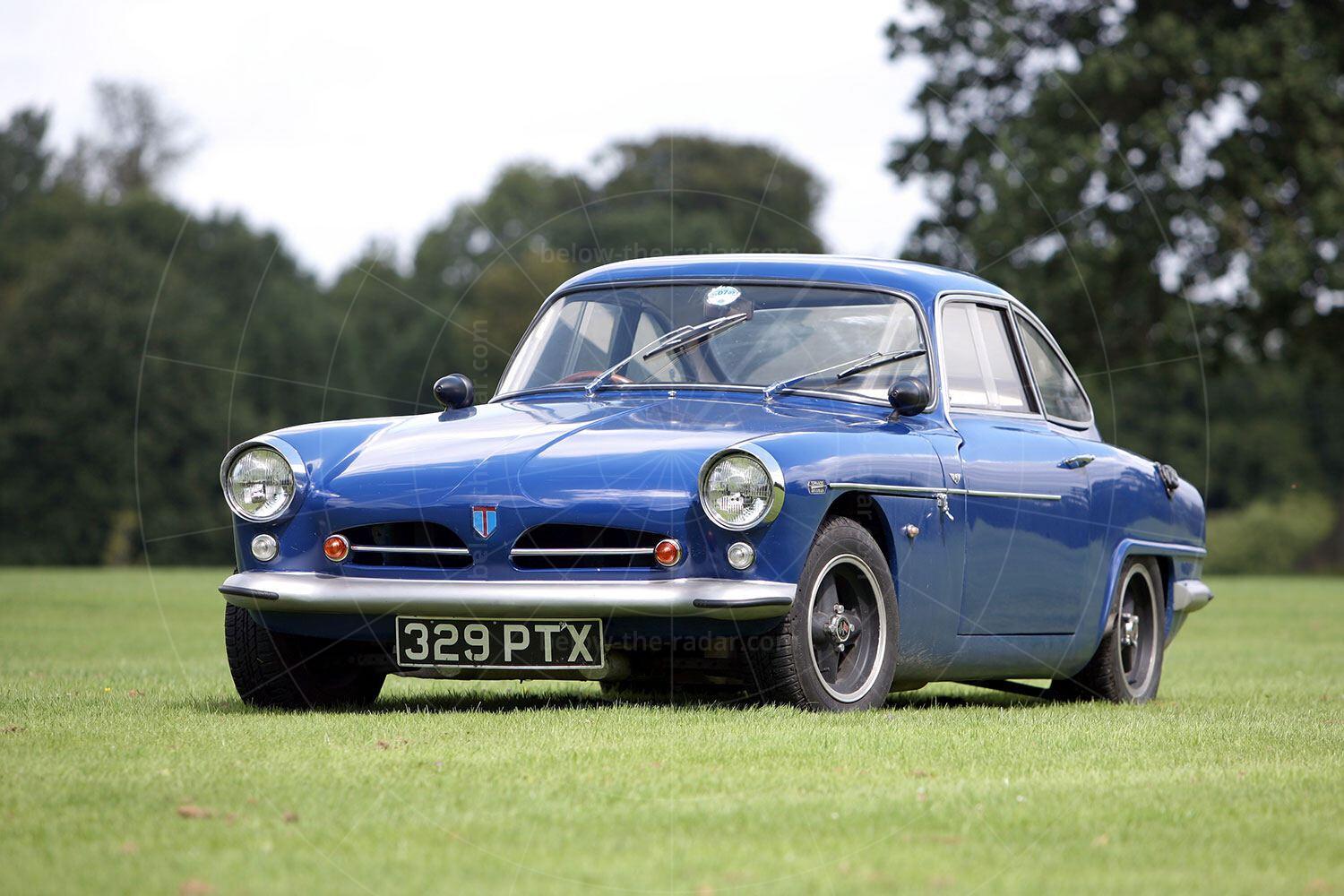
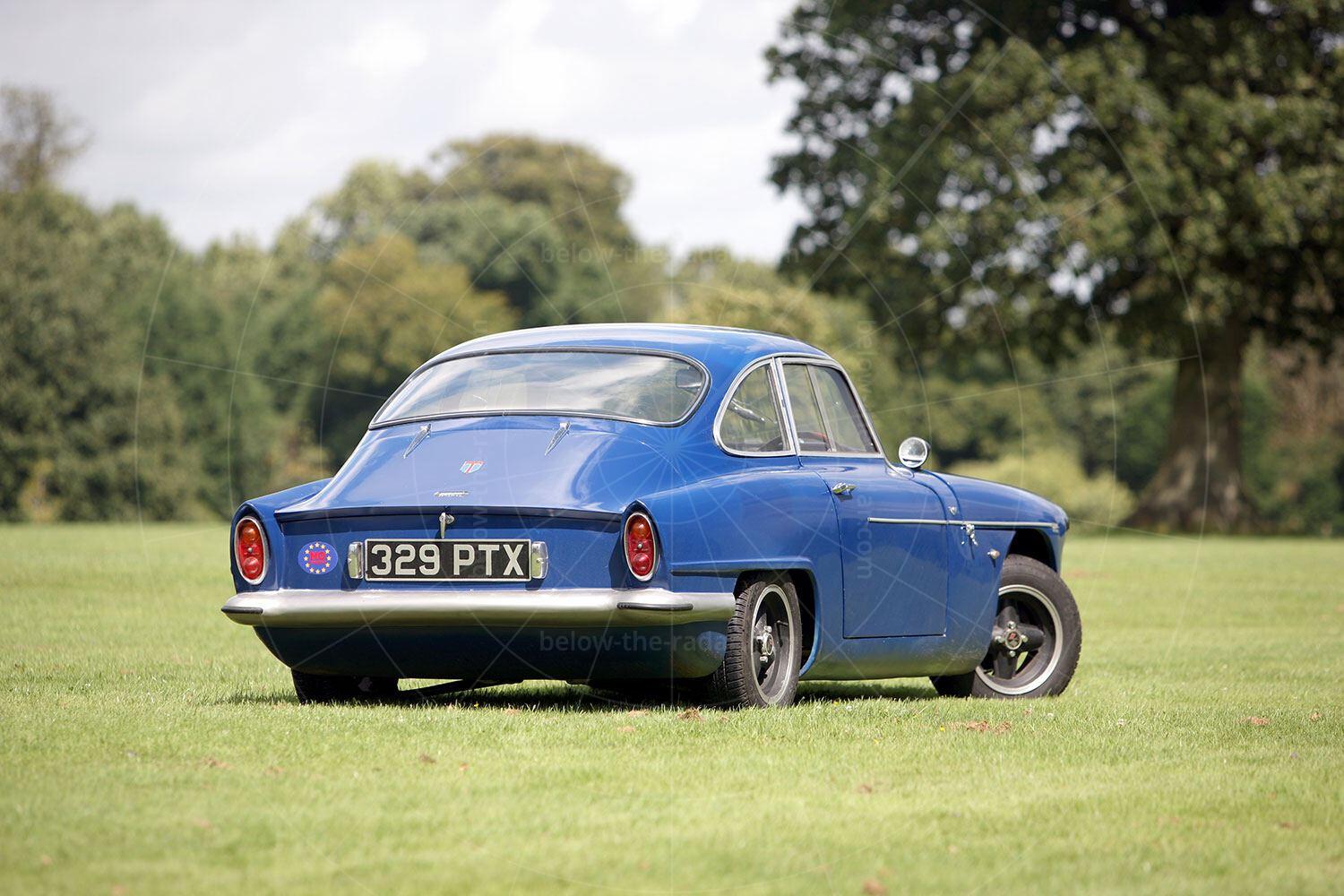
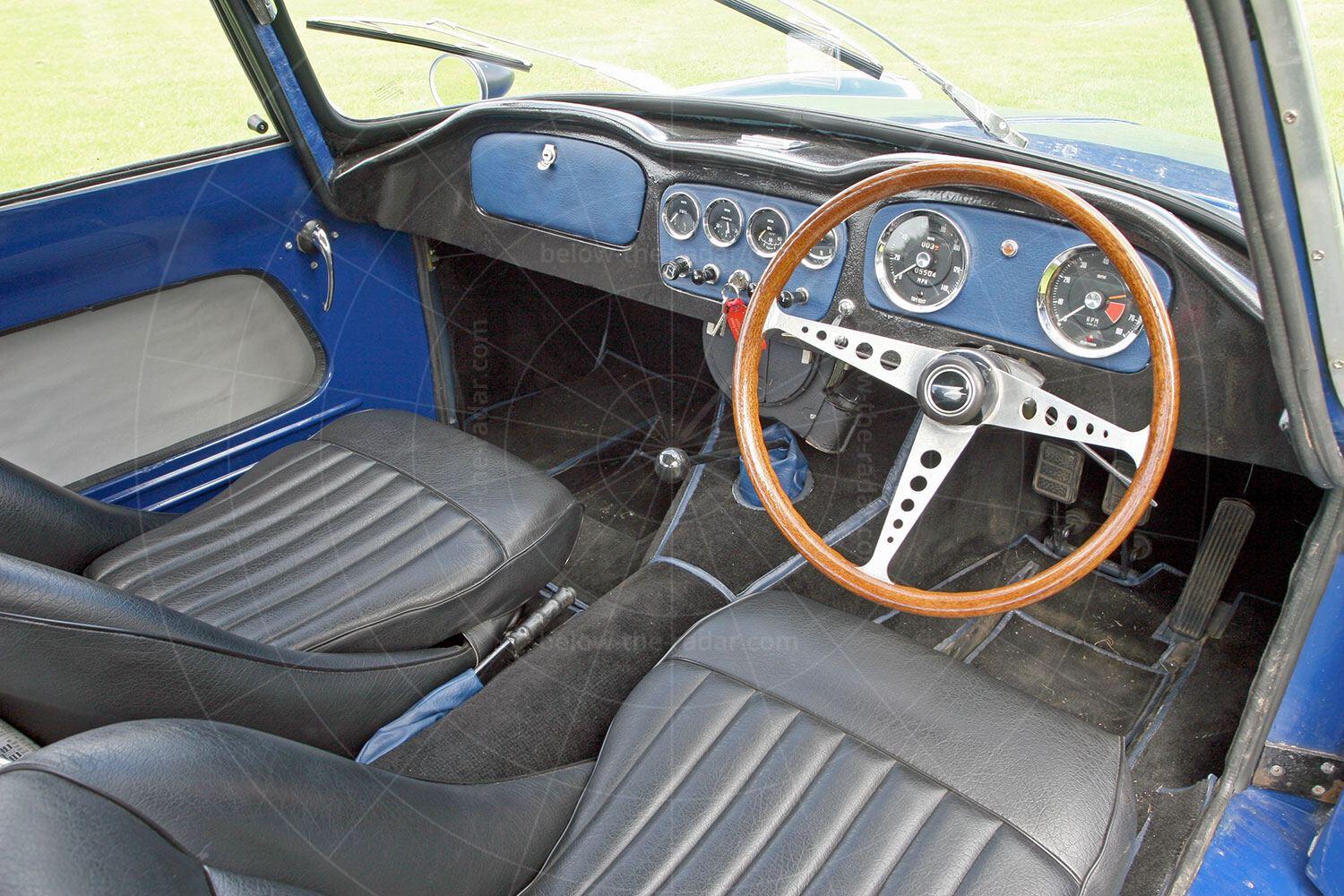
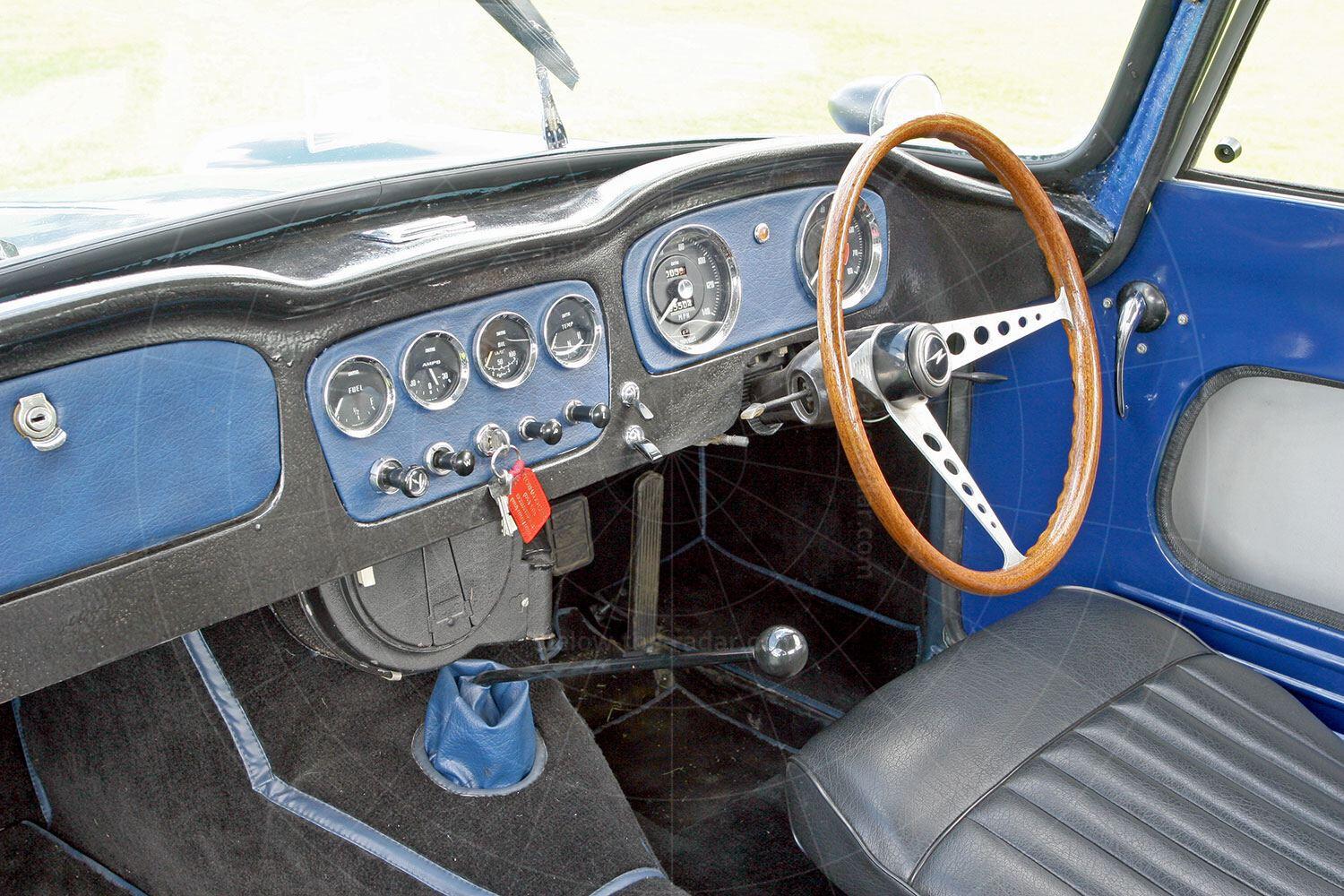
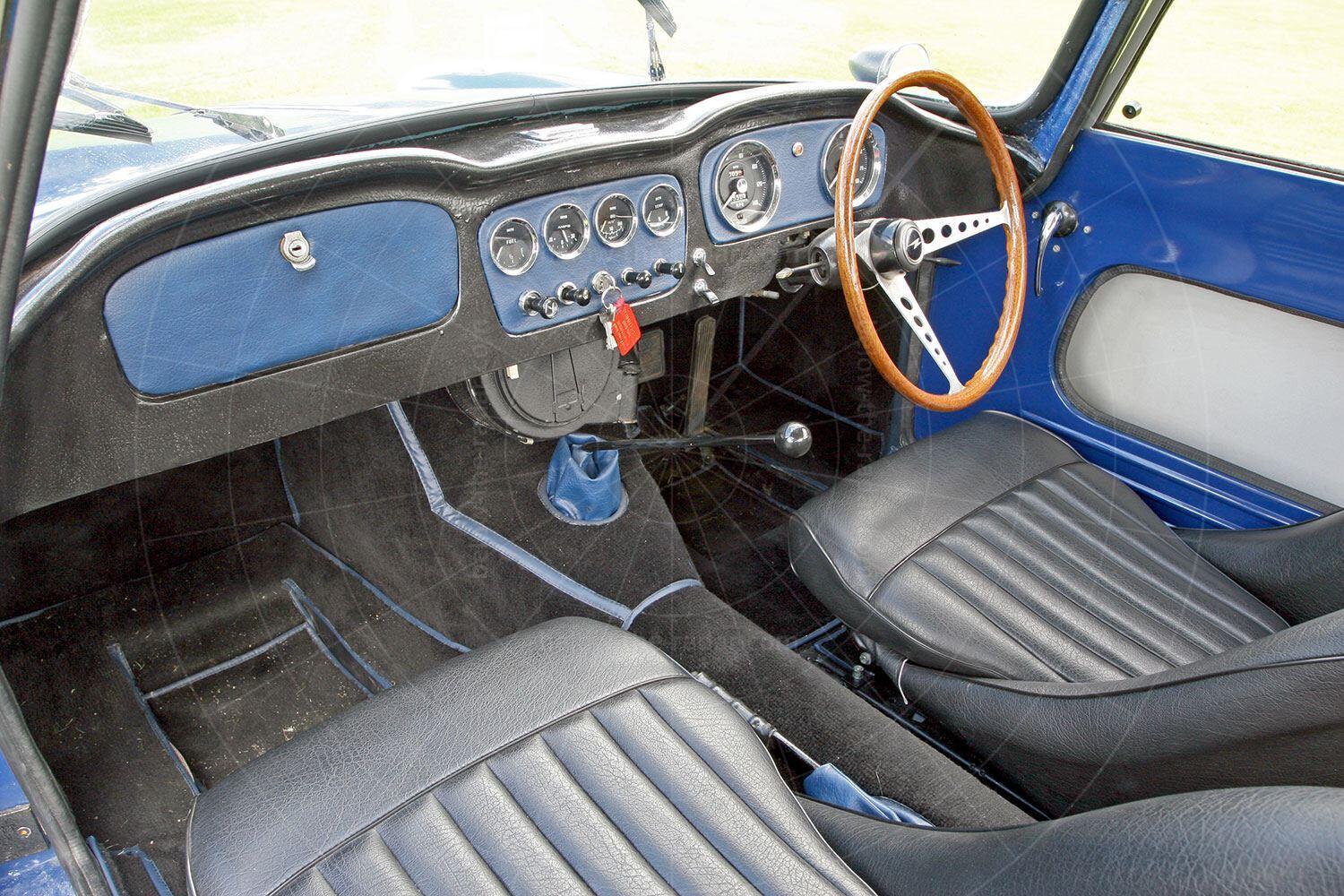
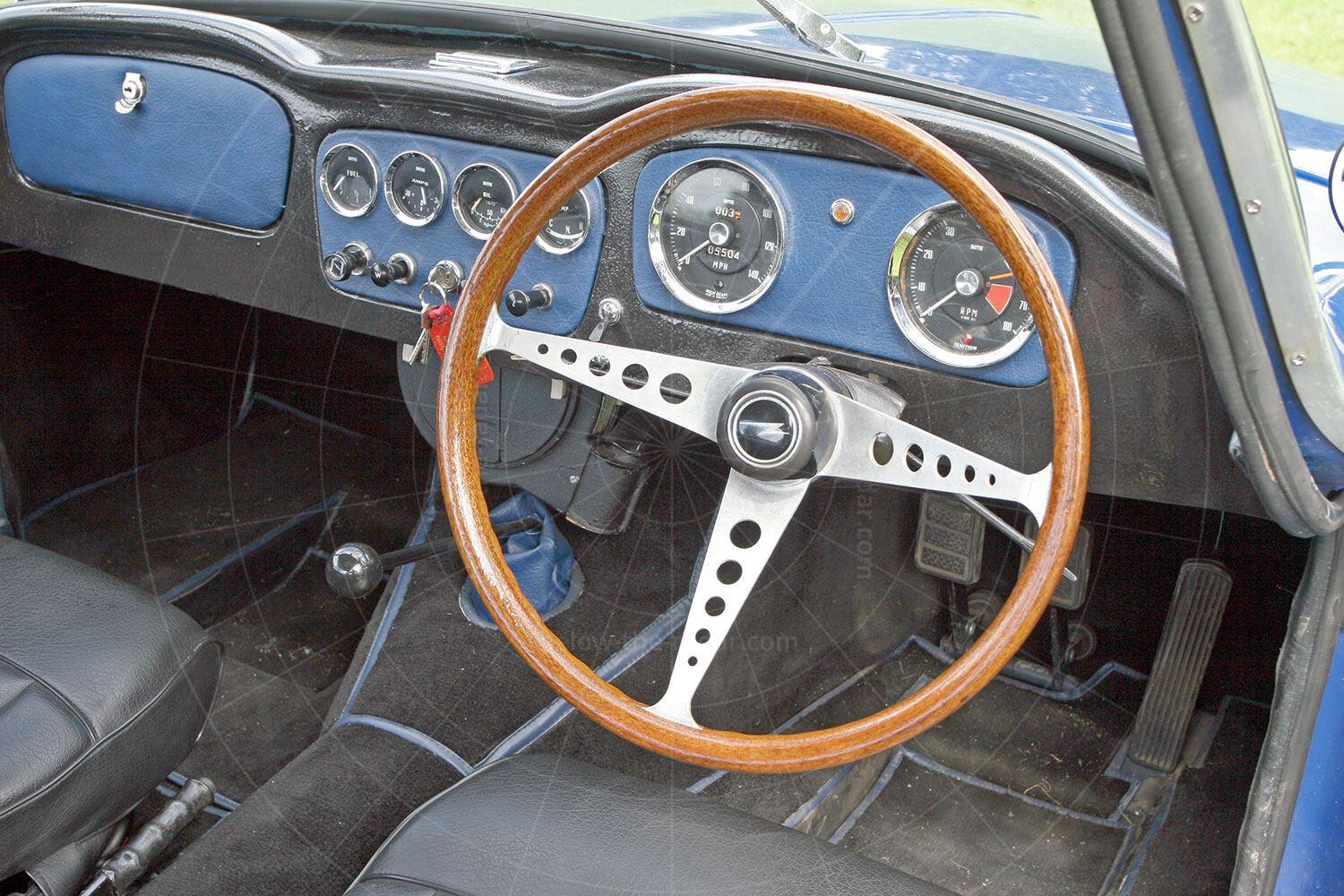
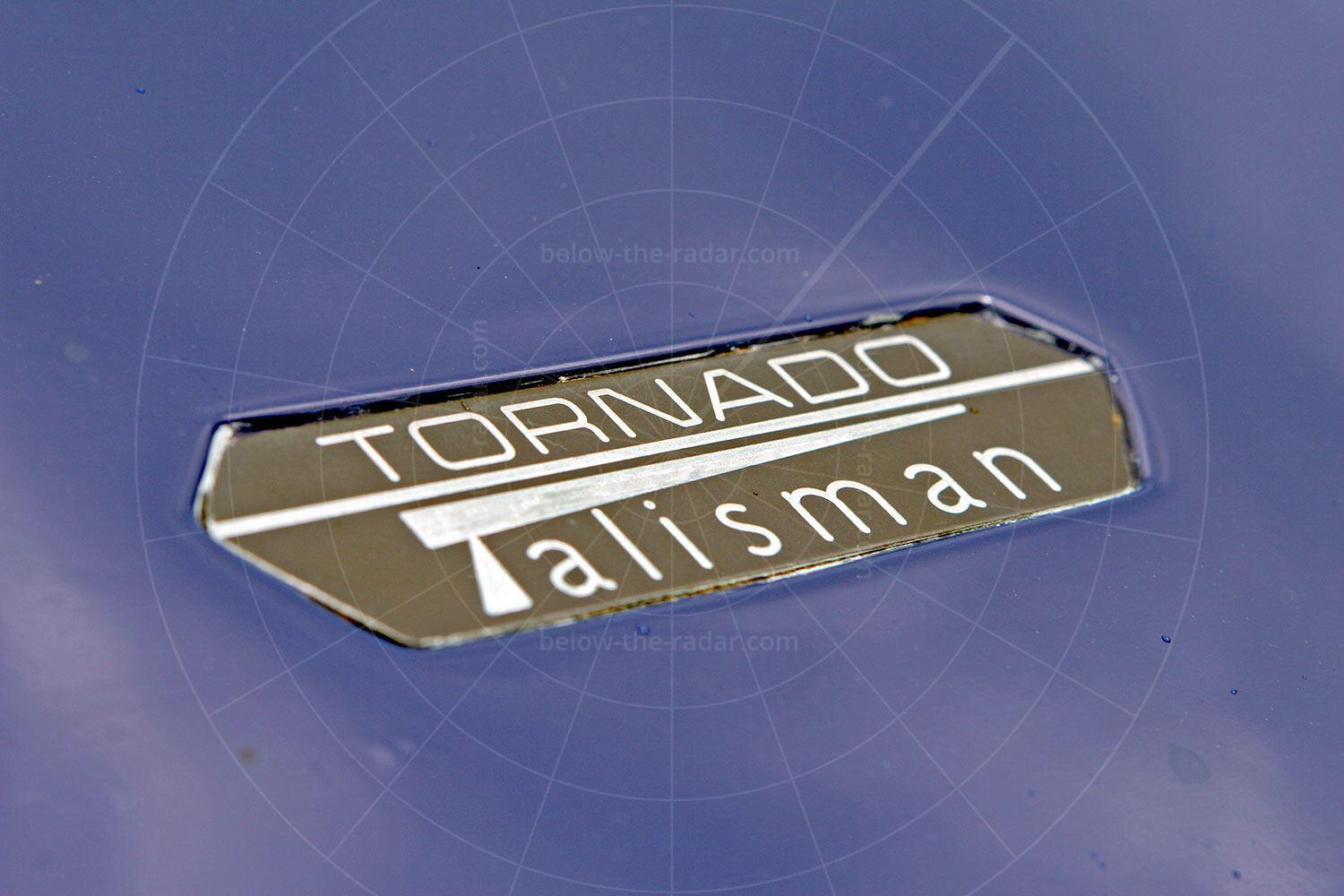
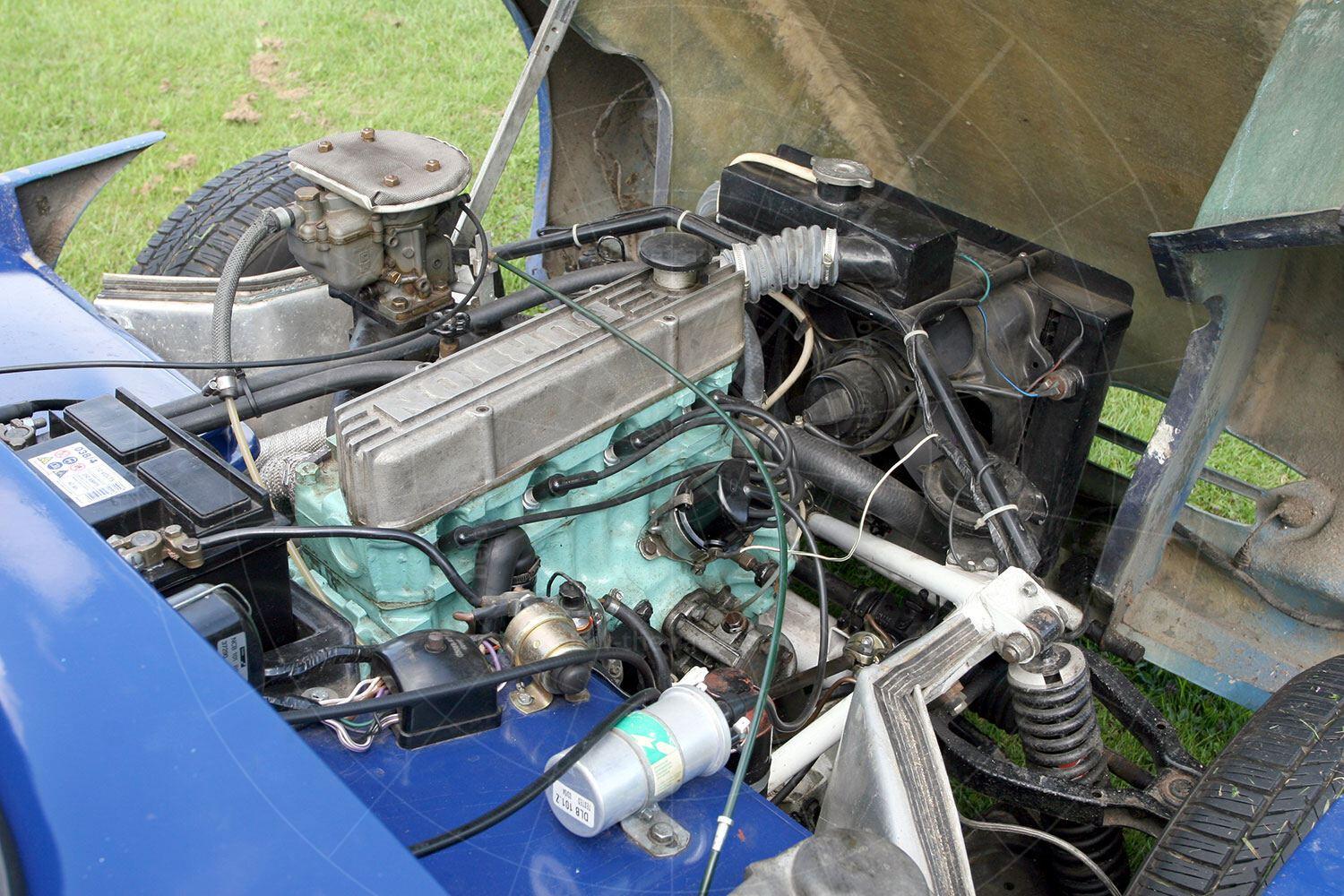
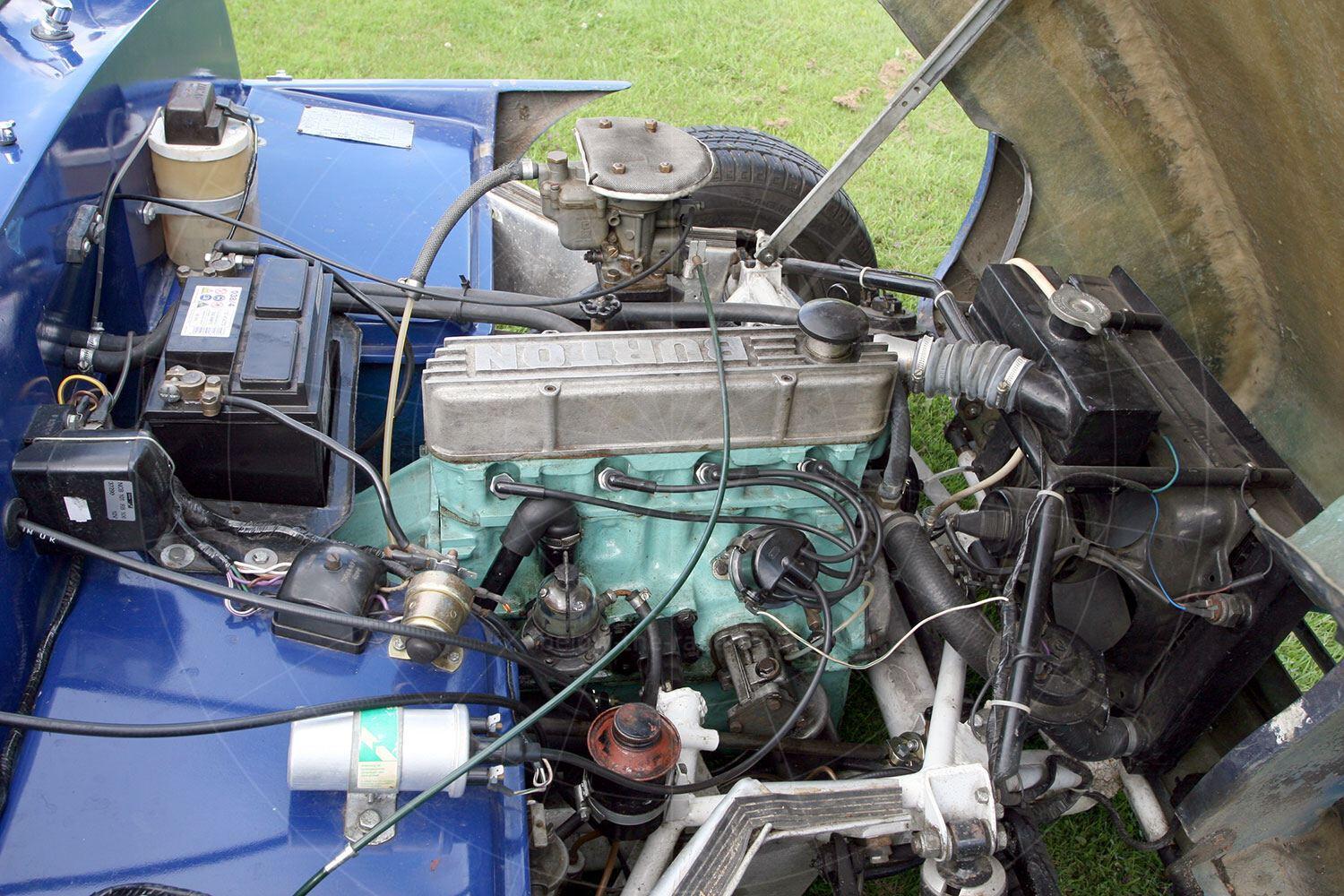
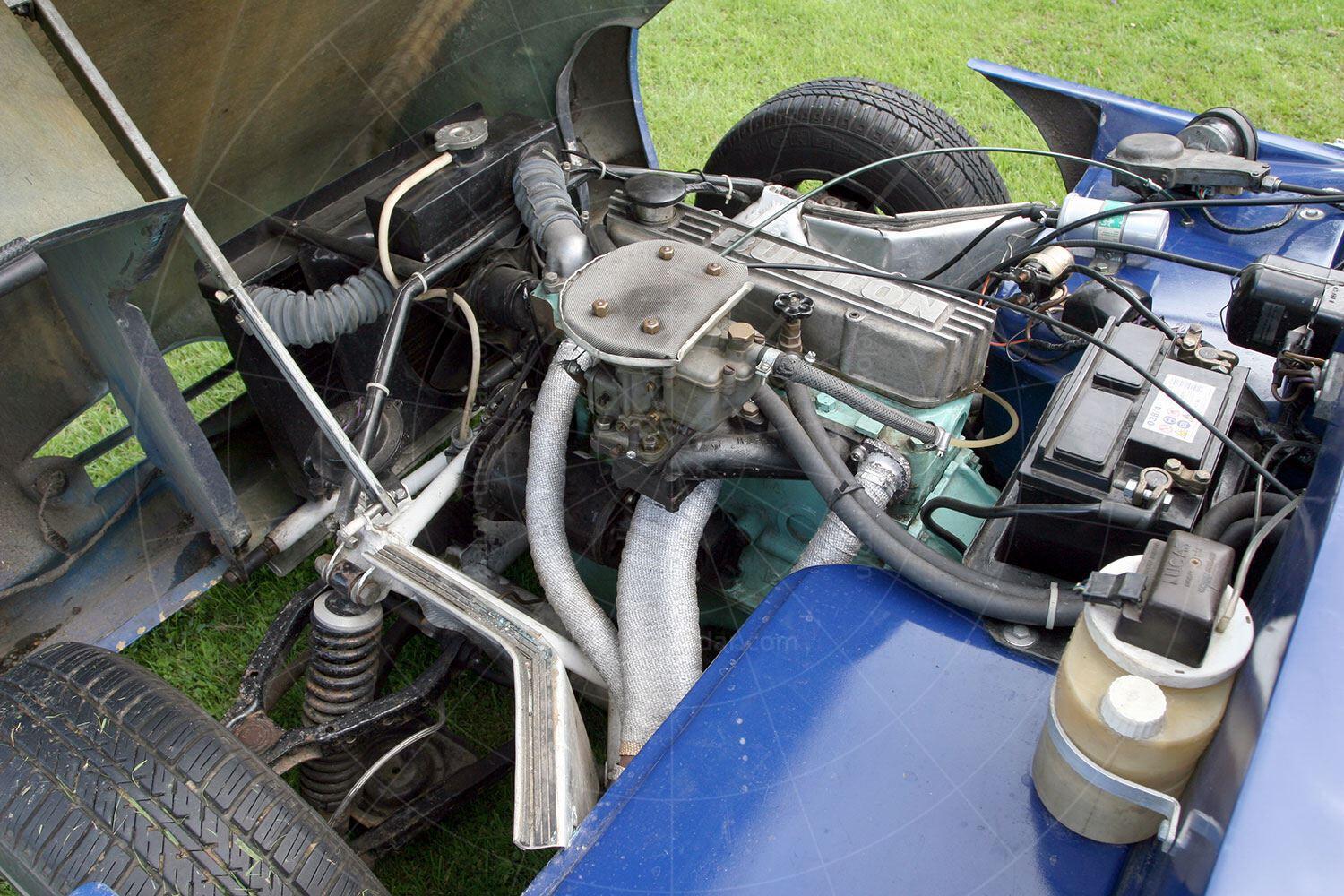
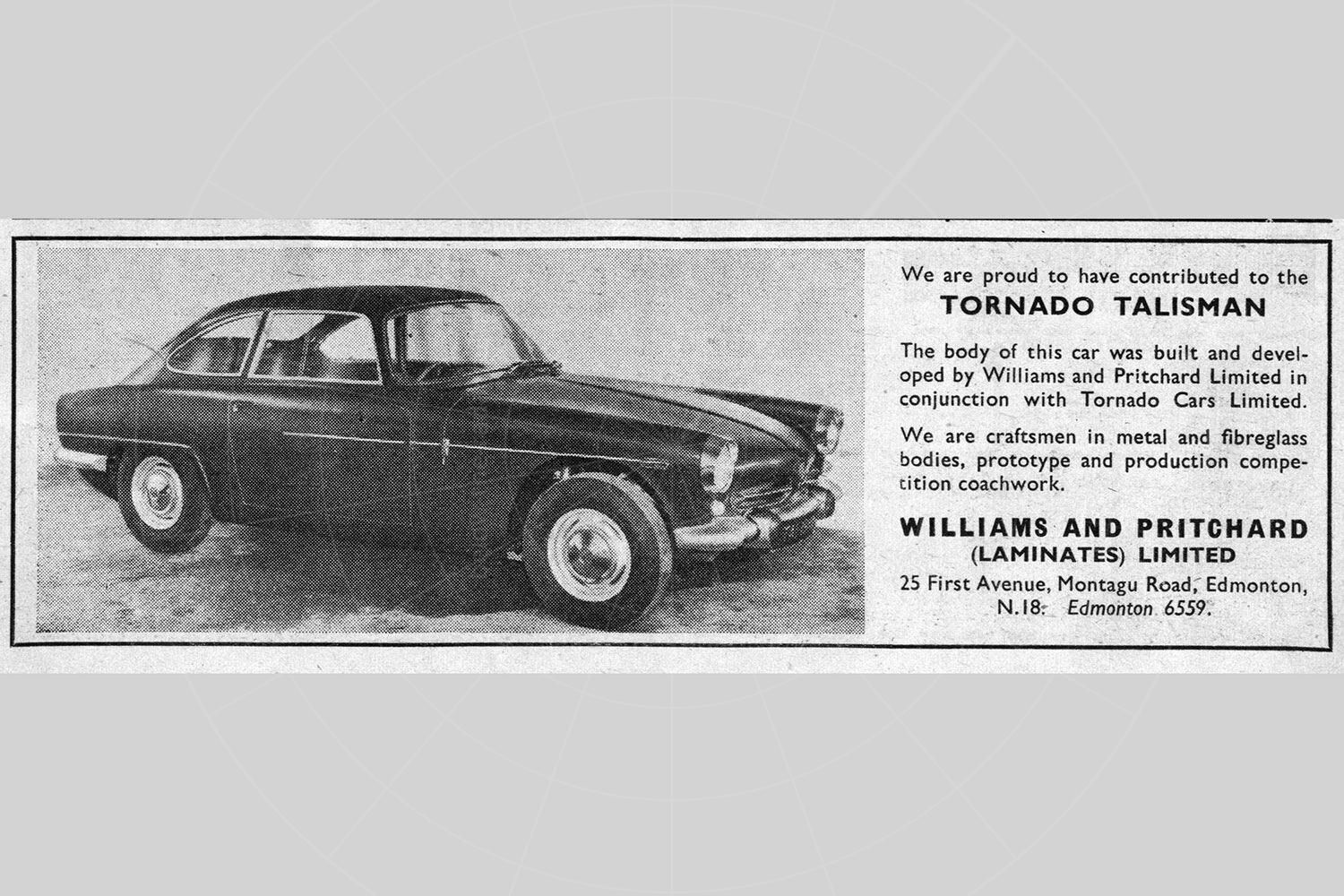
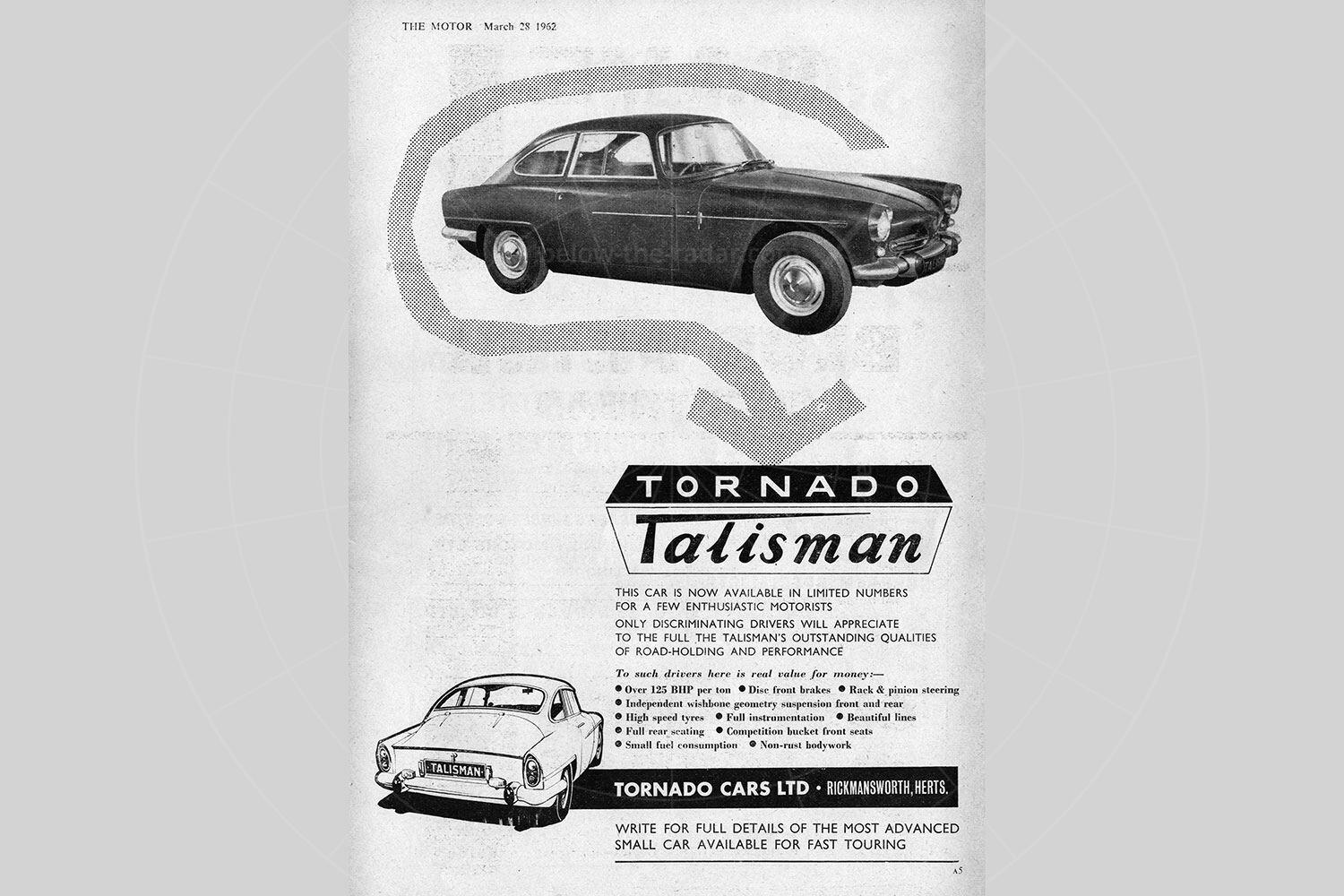

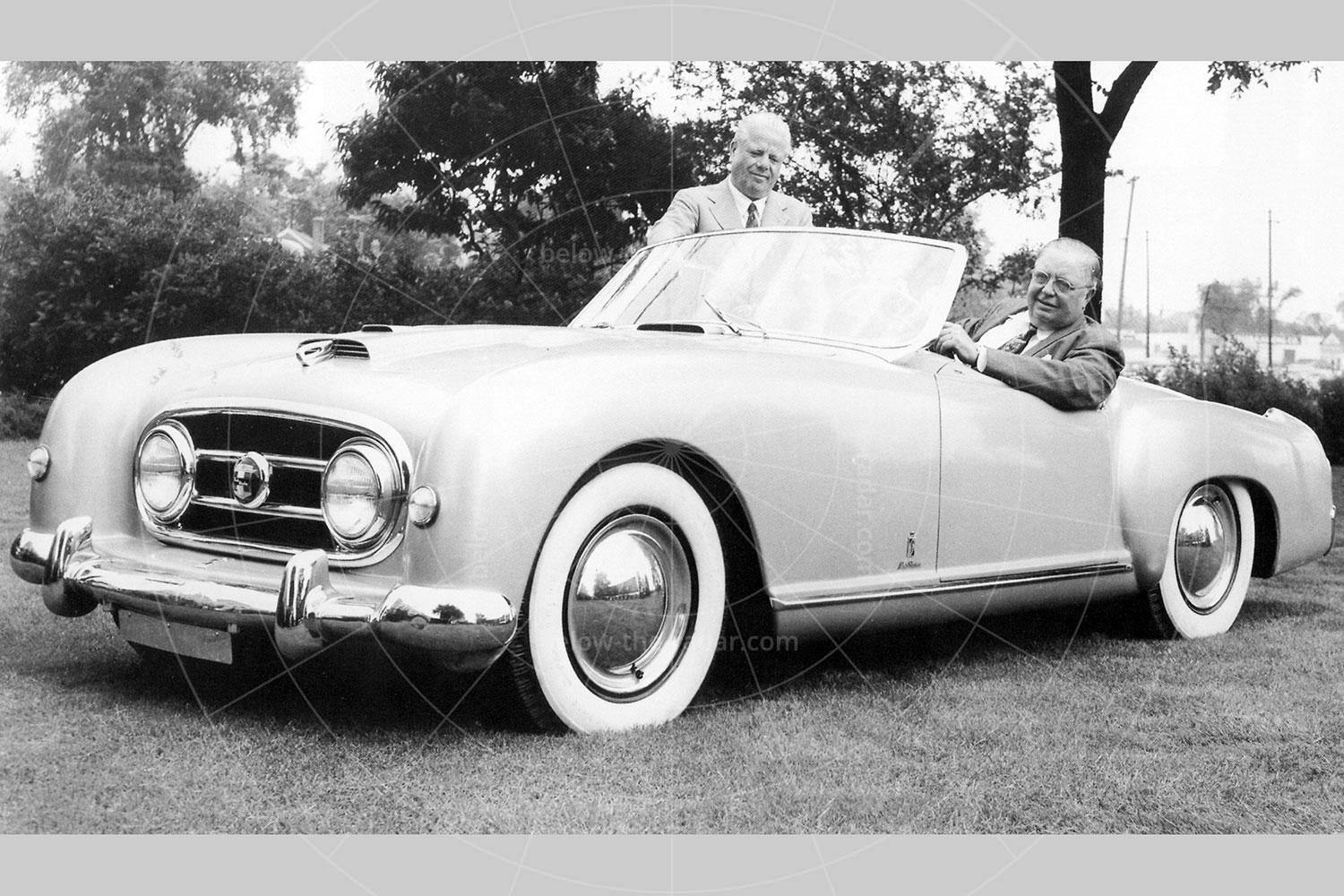

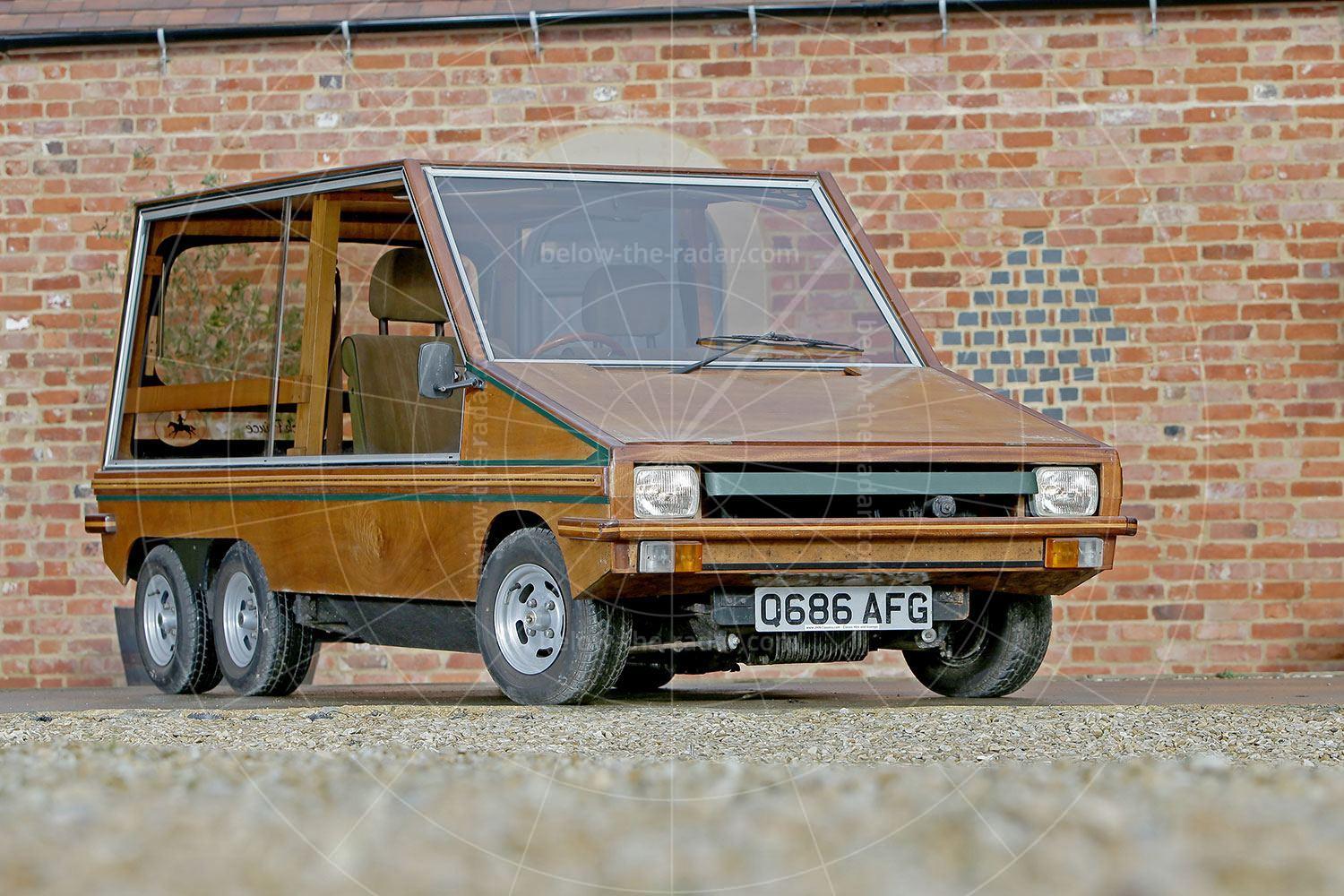
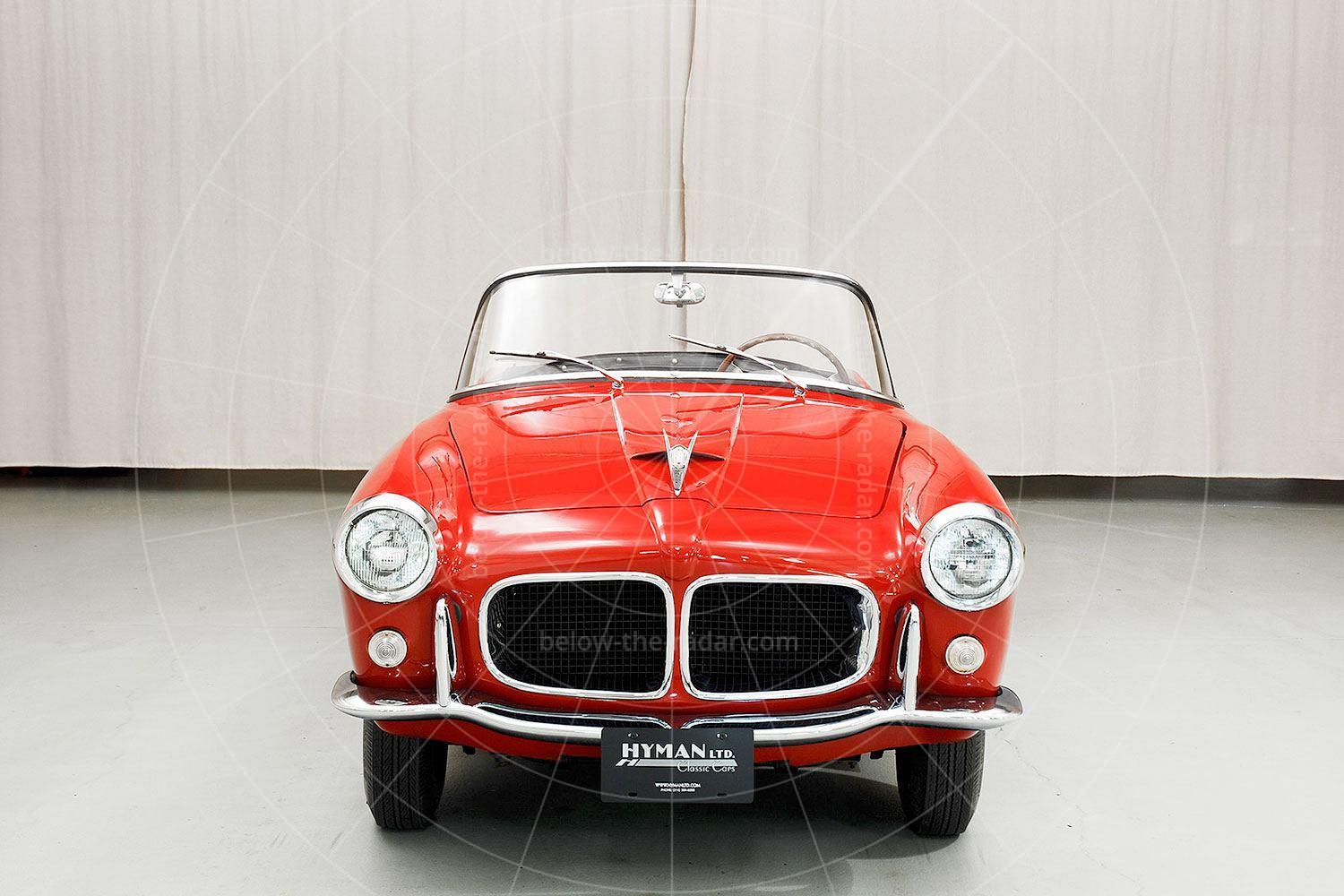
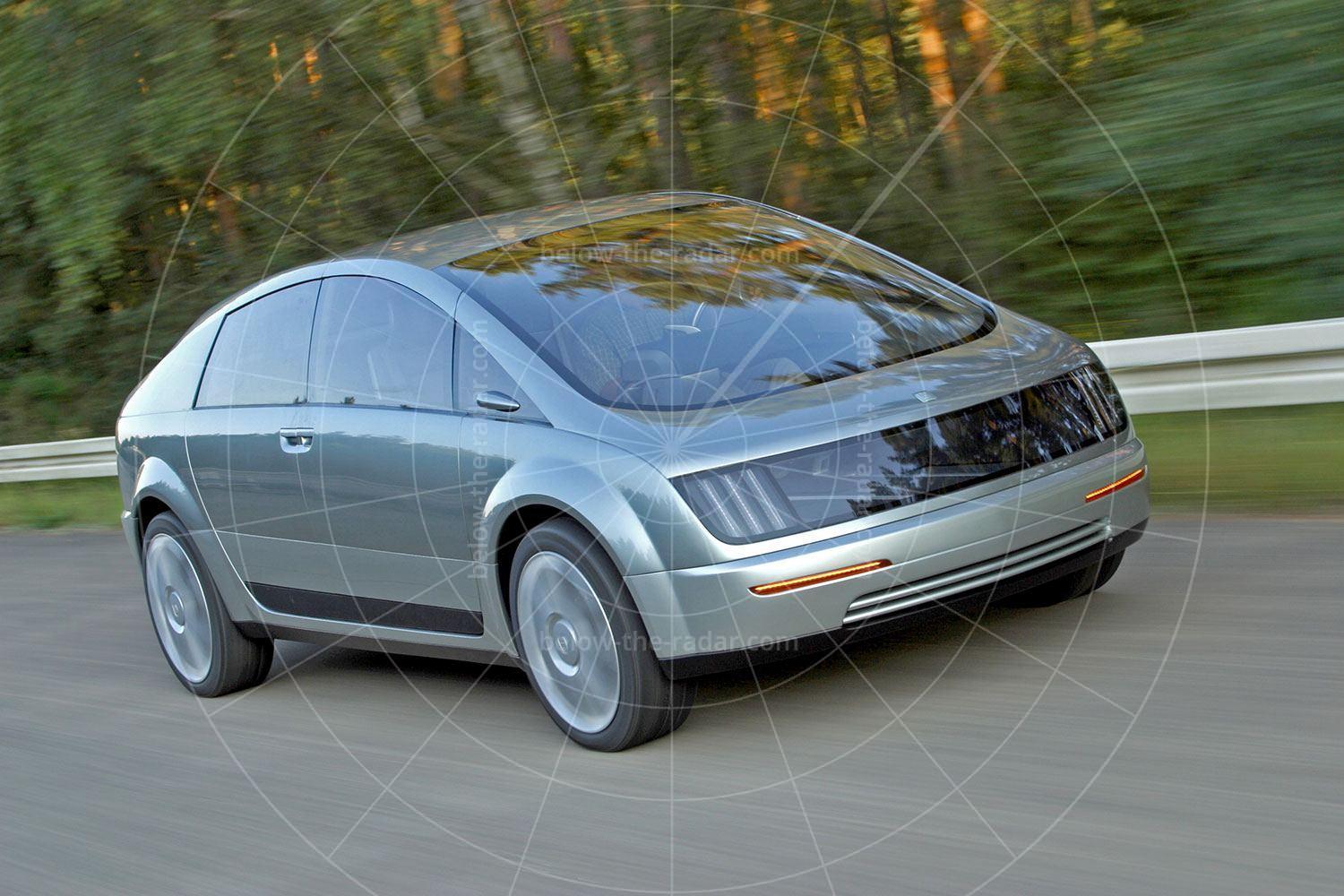
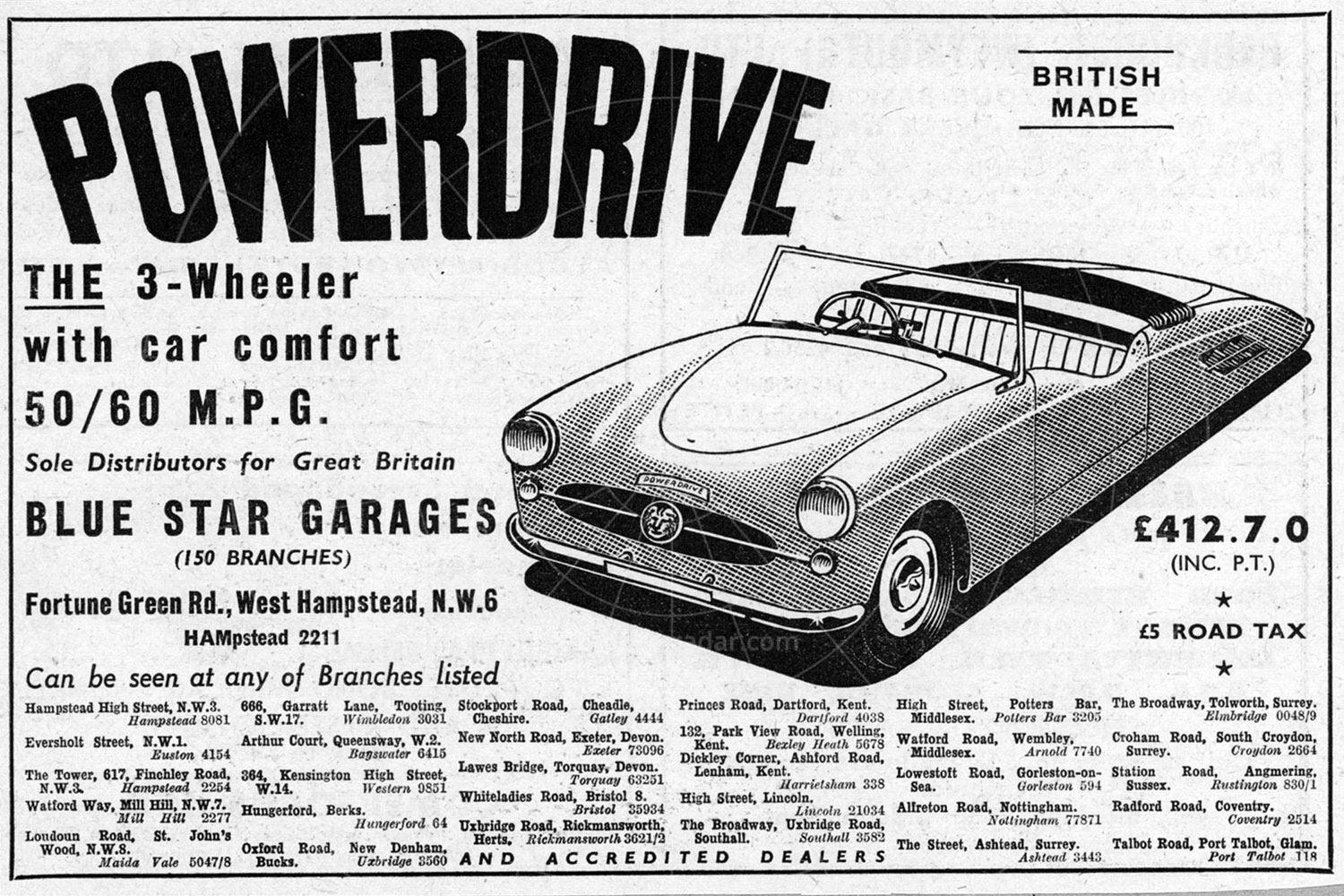
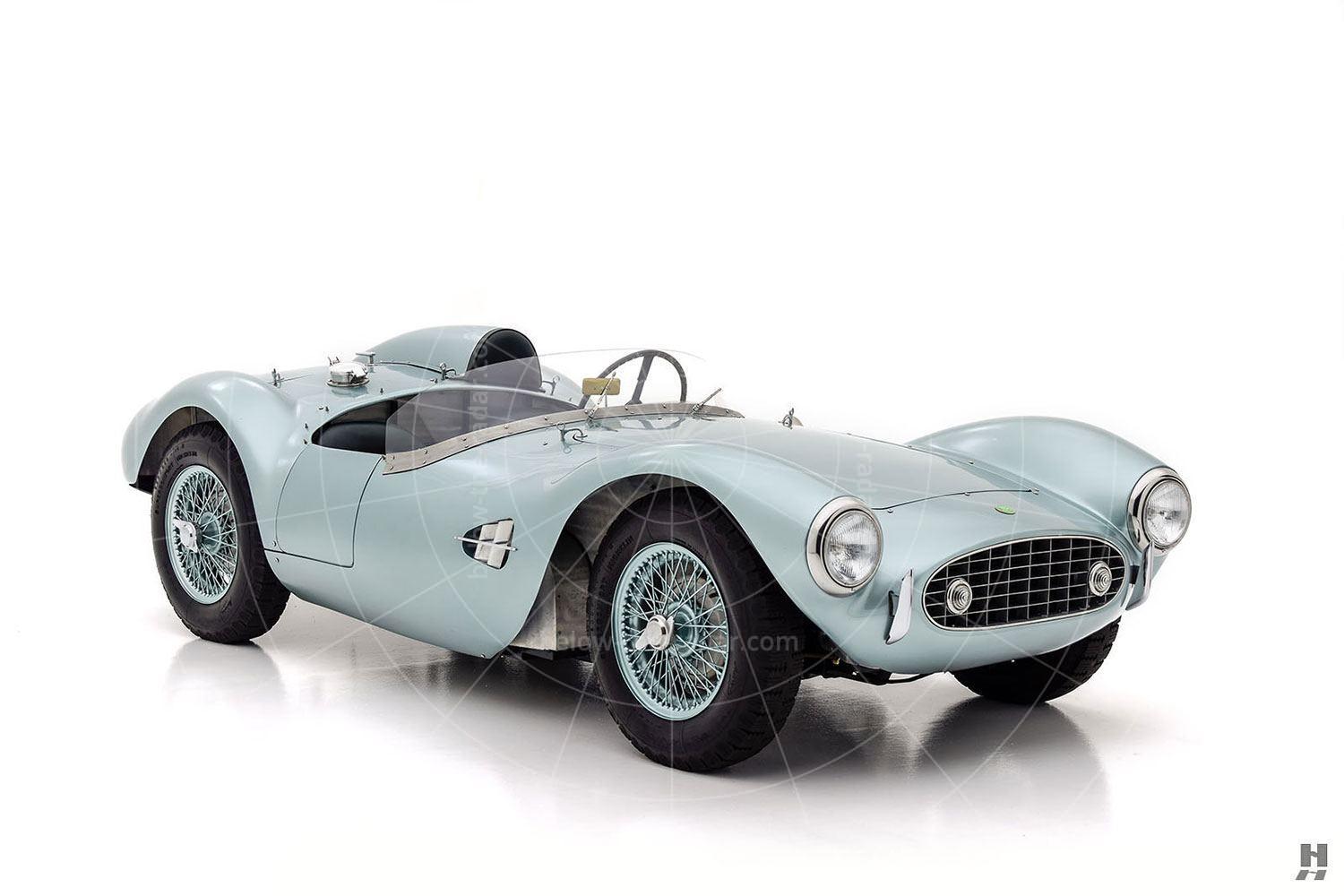
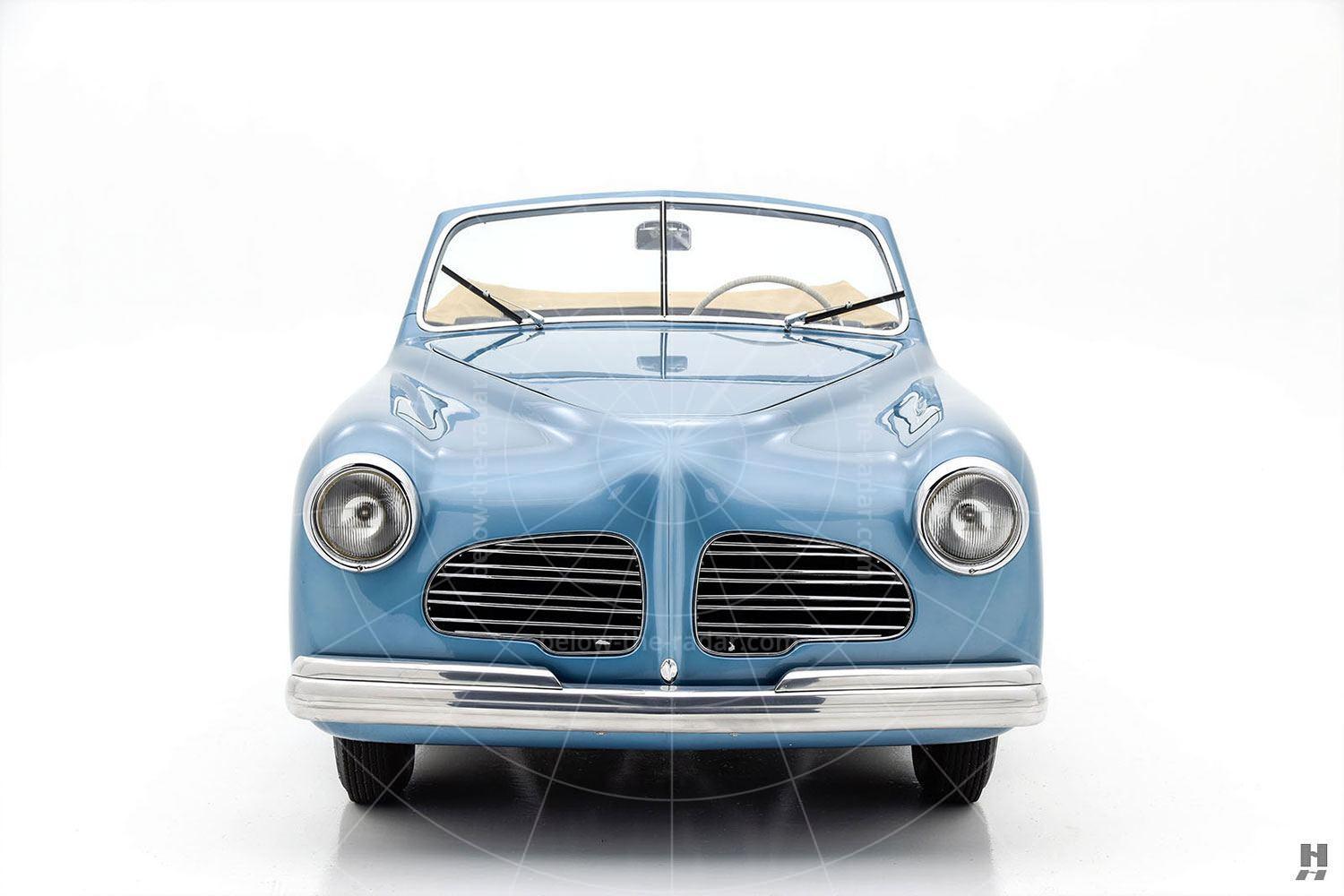
I can’t help wondering if Tornado mightn’t have made things easier (and cheaper!) for themselves if they’d used the complete Herald chassis, rather than designing and building their own. It worked rather well for Bond Cars from 1963-70. That’s assuming that STI would have agreed, of course, but it seems as though they might have had an opportunity to pre-empt the concept of the Bond Equipe
That would work only if Tornado wanted the same wheelbase and track of course, along with the Triumph swing axle rear suspension – which they probably didn’t…!